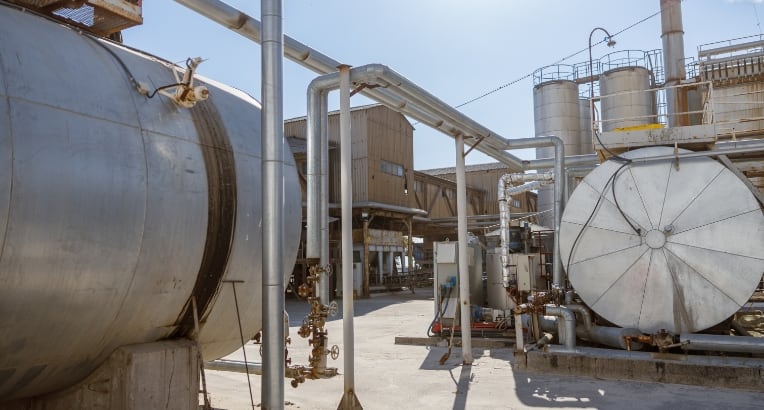
What is Instrument Calibration?
As your project comes closer to execution after careful planning over weeks, months, or even years, you know that acquiring the equipment isn’t enough. That’s where Mundial Group steps in, ensuring every instrument operates seamlessly and optimally for your project.

The Procedure
This procedure generally entails comparing measurements from two instruments:
First is the instrument setting the standard.
Second is the instrument undergoing calibration.
The difference between their readings aids in adjusting the instrument, hence minimizing potential measurement errors down the road.
Calibration is crucial in sectors where precise measurements are pivotal, such as manufacturing, scientific research, and various technology industries.
Calibration upholds quality control, enhances safety, and ensures adherence to industry standards and regulations. Regular calibration also prolongs the lifespan of your instruments, minimizing long-term costs by preventing otherwise costly repairs or replacements potentially due to inaccurate measurements.

What is Instrument Calibration?
Project-Specific
Instrument Calibration
Our technicians specialized in your industry will configure and calibrate your instruments to guarantee high-precision and superior-quality output according to industry standards.
Recurring
Instrument Calibration
After assessing your instruments’ state and the required calibration frequency, our technicians will conduct onsite calibrations on schedule.
Field and Bench
Instrument Calibration
Save time and money by calibrating your instruments before installation. Our technicians establish a calibration facility at your location to calibrate, certify, and document each instrument meticulously. For those pre-installed, field calibration services are provided.
In-house
Instrument Calibration
Simplify your calibration needs by sending us your instruments. We’ll meticulously calibrate, certify, and return them to you, complete with a calibration certificate and an instrument sticker, assuring optimized performance. Industries or product, service, or system as part of a quality management system they provide this for.

Industries We Serve
Mundial Group guarantees that your industrial operation hits the ground running and continues to operate at peak levels for the long run. Whether you are a general contractor overseeing construction and startup, or an industrial manufacturing company, we’re ready to optimize your operations with the utmost efficiency.
Semi-Conductors
EV/Battery Manufacturing
Airline Industry
Petrolium
Mining
Chemical Plants
Data Centers
Distribution Centers

Frequently Asked Questions
Absolute Calibration
Absolute calibration directly compares the measurement result from the device under test to an independent measurement of the same quantity that serves as an international standard. The accuracy ratio between these two values allows us to evaluate the instrument’s performance.
Comparative Calibration
Comparative calibration tests a device in comparison with a similar device, known as the reference standard. The reference standard’s performance is known to be reliable due to regular calibration and careful operation.
Secondary Calibration
Secondary calibration utilizes a device that has been calibrated against an international standard. While not as precise as absolute calibration, it effectively reduces measurement uncertainties when calibrating less precise measurement devices.
It’s important to calibrate an instrument prior to installation, during preventative maintenance and audits, and following any mechanical or electrical shock. Likewise, manufacturers will provide expert advice on the frequency of calibration for specific instruments, whether that be annually, quarterly, or monthly.
Failure to calibrate an instrument when necessary can result in inaccurate measurements, ultimately leading to a lower-quality end product.
The 4 to 1 calibration rule states that the standard is 4 times more accurate than the tool being calibrated. What this means is that the instrument being used as the standard for reference should be capable of measurements that are four times more accurate or precise than the instrument it is calibrating.
The most common calibration errors that occur include zero, span, linearity, and hysteresis problems.
Zero
When the measuring system reflects a non-zero output at no load.
Span
When there is a deviation from the expected output or measurement range of an instrument across its entire range or span.
Linearity
When there is a deviation from a linear relationship between the input and output of an instrument.
Hysteresis
When the measured value depends on the direction of change in the input parameter. The response may not be the same when increasing the input as when decreasing it.



